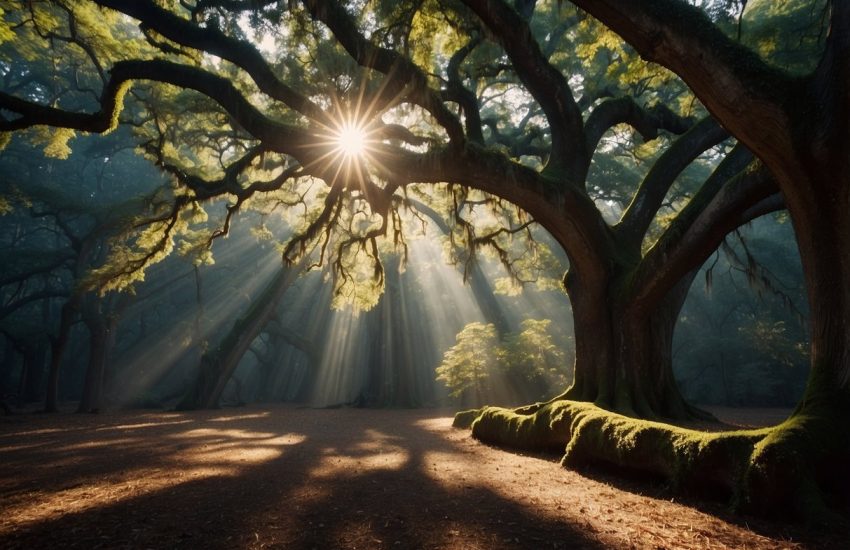Types of Maple Trees in Wisconsin: A Comprehensive Guide
Wisconsin is home to a variety of maple trees that thrive in its forests. Maple trees are deciduous trees that add vibrant colors to the landscape during the fall season. There are several types of maple trees in Wisconsin, each with distinct features and characteristics.

Sugar maple is the most common type of maple tree in Wisconsin. It is known for its beautiful fall foliage, which ranges from yellow to orange to red. Sugar maples can grow up to 100 feet tall and have a lifespan of up to 300 years. These trees are a valuable source of wood and sap, which is used to make maple syrup.
Another type of maple tree found in Wisconsin is the red maple. This tree is known for its adaptability and can grow in a variety of soil types and conditions. The red maple produces vibrant red twigs, buds, flowers, and fall leaves, making it a popular choice for landscaping. It is also an important timber species in Wisconsin, making up a significant portion of roundwood production and biomass.
Common Maple Tree Species in Wisconsin

Wisconsin is home to a variety of maple tree species that are known for their hardwood, autumnal colors, and maple syrup production. Here are the five most common maple tree species in Wisconsin:
Sugar Maple (Acer Saccharum)
The Sugar Maple is Wisconsin’s state tree and the most abundant tree species in the state, boasting 2.8 billion cubic feet in live trees. Its leaves have five lobes and turn a vibrant orange-red color in the fall. The Sugar Maple is also known for its durable wood and is often used to make furniture. In early spring, Sugar Maple trees produce sap that is boiled or evaporated into maple syrup.
Red Maple (Acer Rubrum)
Red Maple trees are known for their scarlet leaves and are often found in swampy soils. They are fast-growing and make great shade trees. The leaves of the Red Maple have three lobes and turn a bright red color in the fall.
Black Maple (Acer Nigrum)
Black Maple trees are also known as Hard Maple trees and are often used for their durable wood. They are shade trees that can grow up to 80 feet tall and have leaves with five lobes.
Silver Maple (Acer Saccharinum)
Silver Maple trees are known for their fast-growing nature and are often found in moist soil. Their leaves have five lobes and turn a yellow color in the fall. Silver Maple trees are also known as Soft Maple trees because their wood is not as hard as other maple tree species.
Norway Maple (Acer Platanoides)
Norway Maple trees are non-native and considered invasive in Wisconsin. They are often used as shade trees and have colorful leaves that turn a bright yellow in the fall. Norway Maple trees can grow up to 50 feet tall and have leaves with five lobes.
Overall, maple trees are an important part of Wisconsin’s ecosystem and provide a variety of benefits, including hardwood, shade, and maple syrup production.
Ecology and Uses of Wisconsin Maple Trees

Habitat and Growth Conditions
Maple trees are native to North America and are widely distributed throughout the continent. In the State of Wisconsin, maple trees are a common sight in mesic forests, where they grow in well-drained soils and full sun. The sugar maple, which is considered a major forest tree in Wisconsin, thrives in fertile, loamy soils and is shade-tolerant.
Maple Tree Products and Benefits
Maple trees are valued for their sap, which is tapped in early spring to produce maple syrup and other maple products. According to WXPR, the red maple is the second most abundant tree species by volume in Wisconsin, with 2.7 billion cubic feet of live trees. Although its sap sugar content is less than sugar maple, red maple can also be used for syrup production. In the sawmill industry, red maple is called soft maple.
In addition to maple syrup, maple wood is prized for its beauty and durability and is commonly used to make furniture, flooring, and other products. Maple trees also provide important habitat for wildlife, including mammals, birds, and wildflowers.
Maple trees are also known for their stunning autumn color, with leaves turning shades of red, orange, and yellow. As a shade tree, maple trees provide much-needed relief from the summer heat and can help reduce energy costs by providing natural cooling.
Overall, maple trees are an important part of Wisconsin’s natural heritage, providing valuable products and benefits for both people and wildlife.


